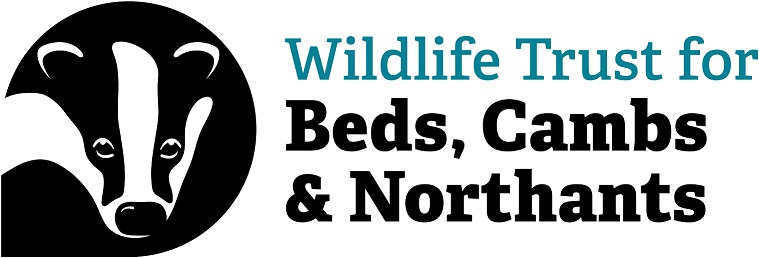Tree Planting in the Nene Wetlands
Over the past couple of winters, Nene Wetlands has seen a big increase in the amount of tree work being done. This will benefit wildlife across the reserve, and keep paths safer. Cutting down trees also speeds up a process called ‘natural regeneration’. The removal of the shade a tree causes encourages many dormant plant and tree seeds to sprout and grow – the taller trees passing the torch to the next generation. These grassy, herbaceous areas and dense areas with shrubs or hedges are crucial for wildlife, and we don’t have enough of them here.
In some specific areas, we can give the process of natural regeneration a helping hand by planting specially grown seedlings. Last winter, we planted over a thousand young trees at Nene Wetlands. These included hawthorn, blackthorn, oak, rowan and hazel. This winter, so far we’ve planted 200, and will likely plant more between now and spring. Having areas with tall trees, some with small bushes and hedges, and some with no trees at all, is helping to make Nene Wetlands the best it can be for wildlife.
-Pete Bray, Senior Reserves Officer
Tree Planting at Summer Leys
The presence of Ash Dieback has meant that many of the Ash trees on the reserve have required felling due to their ill-health. As these trees are unlikely to survive, we are looking to replace them by planting new trees in their place. The replacement trees are a variety of broadleaf native species. Replacing the Ash with a number of different species will provide habitat for a wider range of wildlife and ensure the site is more robust and less affected by any future tree diseases. More information on Ash Dieback and how we are managing the problem can be found here.
We are also aiming to establish new wildlife friendly hedgerows in various areas around site. These hedgerows will be wide, dense and made up of thorny species that protect nests of a wide range of birds such as Blackcaps, Garden Warblers and Bullfinch. Wide hedgerows provide valuable shelter, food and corridors for wildlife to use and move safely around the landscape.-
-Laurence Kidd, Nene Valley Reserves Officer
Tree Planting in the Community Garden
Our Community and Education team have also been buys in our community garden working on a brand new project to create a community orchard, directly next to the garden. This project is being funded by The Crown Estate. So far community groups, Cando Cooperative Care and Growild, have helped to plant up some of the trees, and the family gardening club will be carrying on the project this Saturday, 30th November, which you can join in with! This is a free event and will be fun for all the family, you can find out more here. Orchards are not only great for providing fruit for us to eat, they're also great for wildlife. The blossom provides an important nectar source for insects in Springtime and their fruit provides a feast for birds and other animals in the Autumn.



